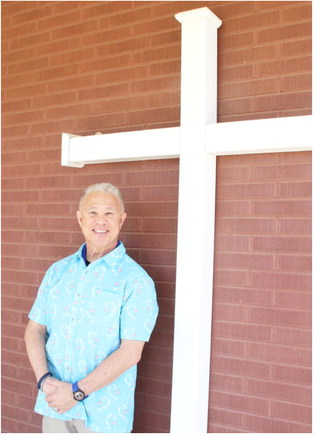Why Montana College Tuition Is On The Rise
Earlier this month, Montana’s Board of Regents approved a series of tuition increases for resident and nonresident students on university system campuses over the next two years. For in-state students, that means the cost of higher education will grow 4 percent per year in 2024 and 2025. For out-of-state graduate and undergraduate students, the increase will be roughly 6 percent.
As Deputy Commissioner for Budget and Planning Tyler Trevor told regents during their May meeting, the primary factor driving those increases is a new employee pay plan passed by the 2023 Legislature. Trevor noted the university system is “extremely grateful” for the plan, which includes a 4 percent or $1.50 per hour wage increase for state employees — whichever is higher. For campuses, half the funding for that plan, roughly $8.7 million in the next fiscal year, comes from state coffers. The other half, Trevor said, comes from higher education’s only other revenue source: tuition.
“It comes down to math, that’s what it is,” Trevor told Montana Free Press last week. “These are decisions that the regents take super seriously. Increasing resident tuition is sort of our last resort. We freeze tuition when we can, we keep it to a minimum when we can’t, and 4 percent is still pretty damn reasonable.”
Trevor’s presentation indicated that Montana’s tuition rates, despite the increases, will continue to be among the lowest in the western United States for resident undergraduates. Factoring in a 3 percent increase in campus- specific fees, those students are projected to pay $8,126 per year at the University of Montana next year, and $8,030 at Montana State University. For comparison, the average tuition rate at peer institutions was $10,306 for the past academic year — a reflection, Trevor noted for the regents, of several tuition freezes implemented in Montana over the past two decades. The picture looks notably different for nonresident undergrads, as the new increase will put tuition at both four-year campuses roughly $2,000 above the latest average of other universities in the region.
The increases generated a broader discussion among the regents about the future of funding higher education. Vice chair Todd Buchanan, the sole dissenting vote on the budget recommendations, argued a tuition increase could impact college affordability for in-state students, and suggested the state would benefit from a deeper look at how revenue is distributed across the university system. And student regent Norris Blossom, who was confirmed to the board this session, said his “gut” told him a 6 percent increase for nonresident students was “a little low,” given that enrollment within that demographic has increased even as Montana’s sticker-price has risen.
Commissioner of Higher Education Clayton Christian acknowledged that Montana is “relying heavily” on nonresident tuition, but cautioned against becoming too dependent on it, stating there’s “always a danger” in becoming overreliant on a single revenue source. Trevor further explained to MTFP that enrollment demographics made a rise in resident tuition somewhat inevitable. Six of the university system’s eight campuses tend to attract more resident than nonresident students, he said, meaning any move to absorb increased costs through a nonresident increase alone would have fallen far more heavily on UM and MSU.
Trevor added that the changes to the pay plan that necessitated tuition increases were themselves the byproduct of another ongoing discussion among the regents. One year ago, Trevor presented the regents with some grim numbers related to faculty and staff retention on Montana campuses. Roughly 12% of positions across the university system were vacant at the time of that presentation in May 2022, and employee turnover was at nearly 20%. At the time, Trevor and Christian attributed the situation both to national trends in higher education and to recent inconsistencies in state pay plan increases for campus employees.
“Some of the issues we’ve been having on campuses with vacancies and recruitment, just the struggle for employees to meet the cost of living in general — it’s on the top of the mind of the regents, but obviously it was on the mind of the governor and the Legislature as well,” Trevor said. “We got ourselves an awesome pay plan, but there are consequences to it, and one of those is we need to produce the tuition revenue for half of it.”
Melissa Ramirez, vice president of the Associated Students of Montana State University, told MTFP that her campus constituents understand the economic demands driving the tuition increases. Members of the student senate grappled with those realities themselves this spring, she said, when they debated and voted on increases to a variety of student fees — increases the regents approved as well this month. But Ramirez is hopeful that campus leaders will continue working with students to “adapt and overcome” to any new challenges that arise when it comes to affordability.
“Obviously we have to meet the demands of economic changes, but I think the important thing that the university is planning to do with that tuition increase is meet it with new infrastructure, meet it with new opportunities for students,” Ramirez said. “And I think the implementation of more scholarships would also be really crucial to make sure MSU is still an accessible institution for education.”

